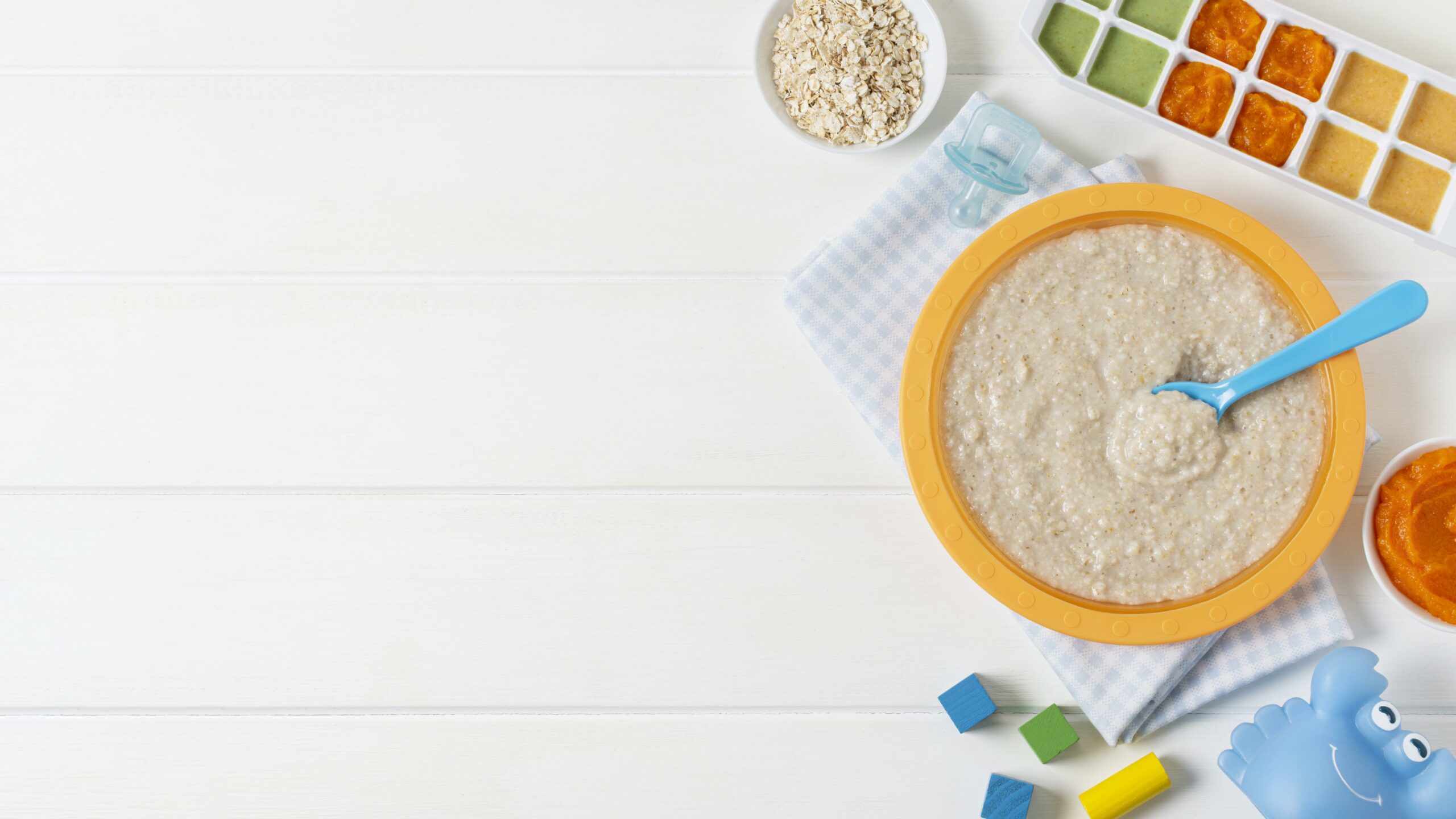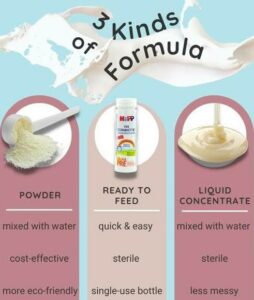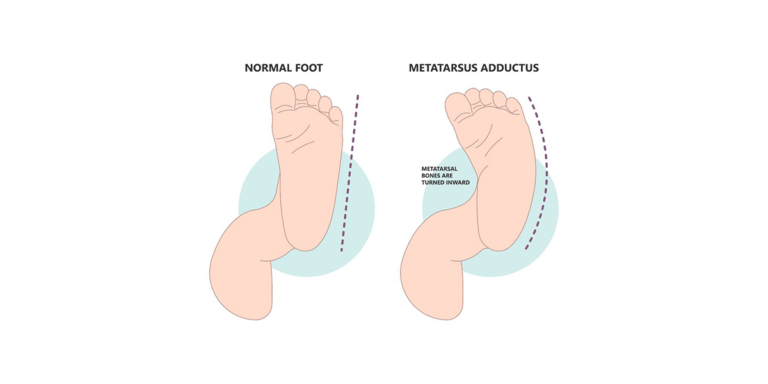Powder vs. Concentrate vs. Ready-to-Feed Baby Formula
- Dr Owais Rafiq
- September 28, 2023
- 8:52 pm

As new parents, the choices we make for our little ones can be overwhelming, especially when it comes to their nutrition. Breast milk is undoubtedly the best option, but sometimes circumstances may call for alternative feeding methods. Baby formula comes to the rescue in such situations. However, even within the realm of baby formula, there are different options available.
The Powdered Formula
The powdered formula is the most common type and is known for its affordability and convenience. It can be stored for longer periods and is easy to transport. All you need is clean water, the forms of baby formula, and a measuring scoop to create the perfect meal for your little one. However, mastering the right ratio of forms of baby formula to water may take a few tries, but once you get the hang of it, you’ll feel like a formula wizard!
Advantages
- Affordability and convenience.
- Can be stored for longer periods and is easy to transport.
- Requires measuring and mixing with water.

The Concentrated Form:
For those seeking a balance between convenience and ease of preparation, concentrated baby formula could be the answer. Think of it as a superhero in a compact form. This type of formula is usually sold in liquid form, concentrated enough that it requires dilution with water before serving.
It saves you the hassle of measuring out the exact amount of powder but still gives you control of water addition. Concentrated formula can be a great choice for parents on the go or those looking for a quicker solution without compromising on the nutrition their baby needs.
Advantages
- Time-saving and simpler preparation process.
- Sold in liquid form and requires dilution with water.
- Provides greater control over the water-to-formula ratio.
The Ready-to-Feed Formula:
Imagine a world where everything is readily available at your fingertips. The ready-to-feed baby formula brings that vision to life. This type of formula requires no mixing or diluting. It’s simply ready to pour into your baby’s bottle, making it the most convenient option for busy parents or those in situations where water availability may be limited.
Whether you’re out for a stroll in the park or on a long road trip, the ready-to-feed formula ensures your baby’s hunger pangs are promptly satisfied. However, it’s worth noting that this convenience comes at a higher cost compared to powdered or concentrated formula.

Advantages
- Maximum convenience with no mixing or diluting required.
- Ideal for busy parents or situations with limited water availability.
- Slightly higher cost compared to powdered or concentrated formula.

Comparison
| Powder Formula | Concentrate
Formula | Ready-to-Feed
Formula | |
| Preparation | Mixing with water according to instructions | Mixing concentrate with an equal amount of water | Requires no preparation
ready to feed |
| Convenience | Generally convenient
Cost-Effectiveness | Less convenient than powder formula | The most convenient option, especially for traveling |
| Storage | Airtight cans or pouches.
Store at a cool and dry place refrigeration | Refrigeration is required once opened room | Room temperature storage
refrigeration after opening |
| Disadvantages | Potential for incorrect measurement not | Not as readily available
expensive | Expensive |
Conclusion
In the world of baby formula, parents have three main forms to choose from powder, concentrate, and ready-to-feed. Each form.
Dr Owais Rafiq
Subscribe to Dr Owais YouTube channel
For parenting advice, child health, symptoms, causes and treatment of illness in children.





